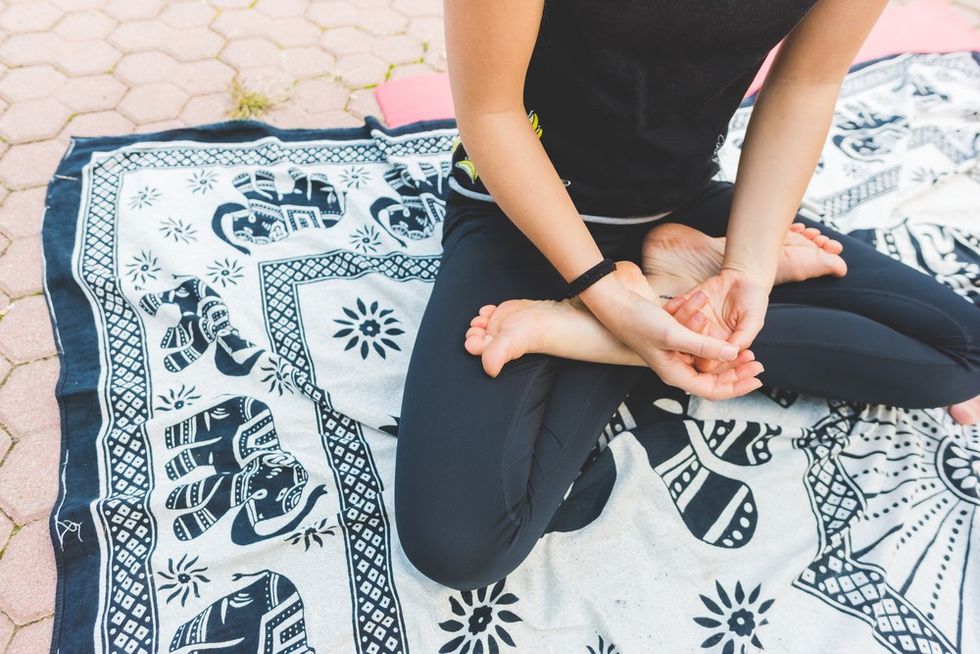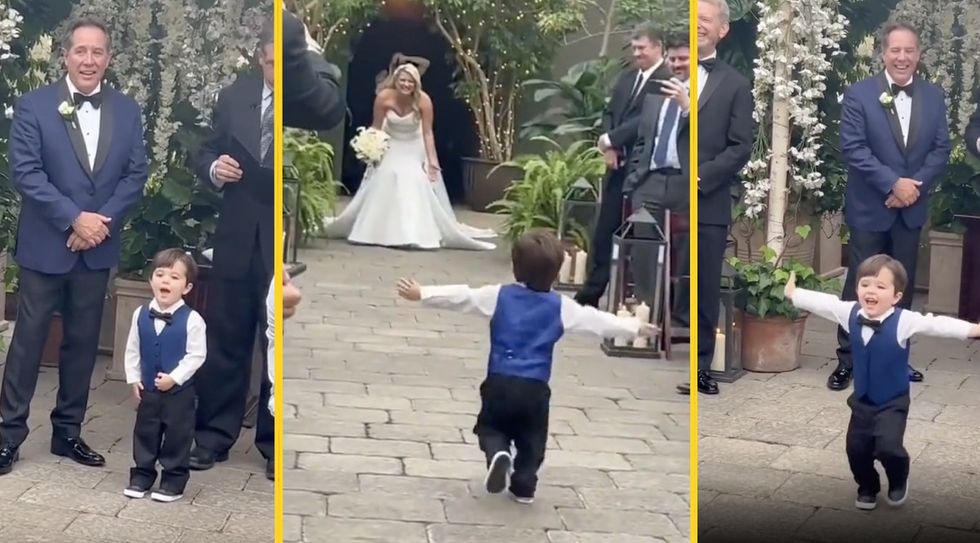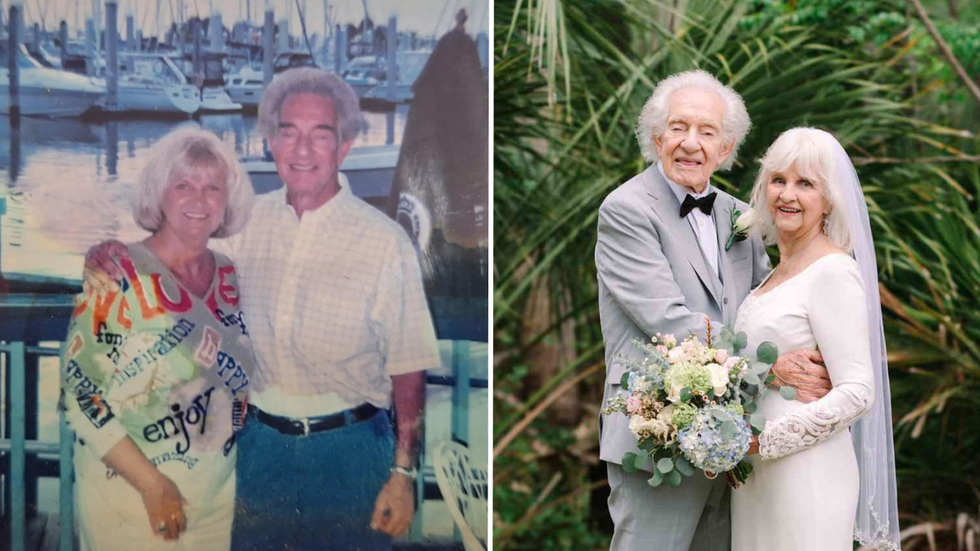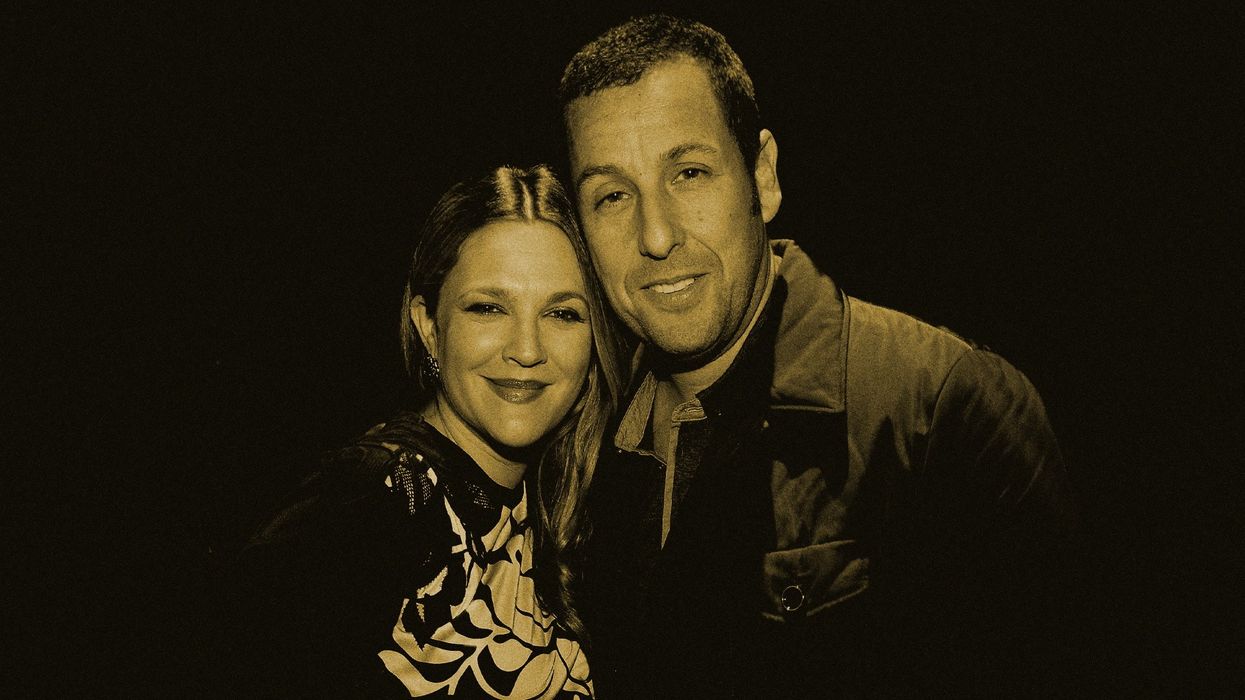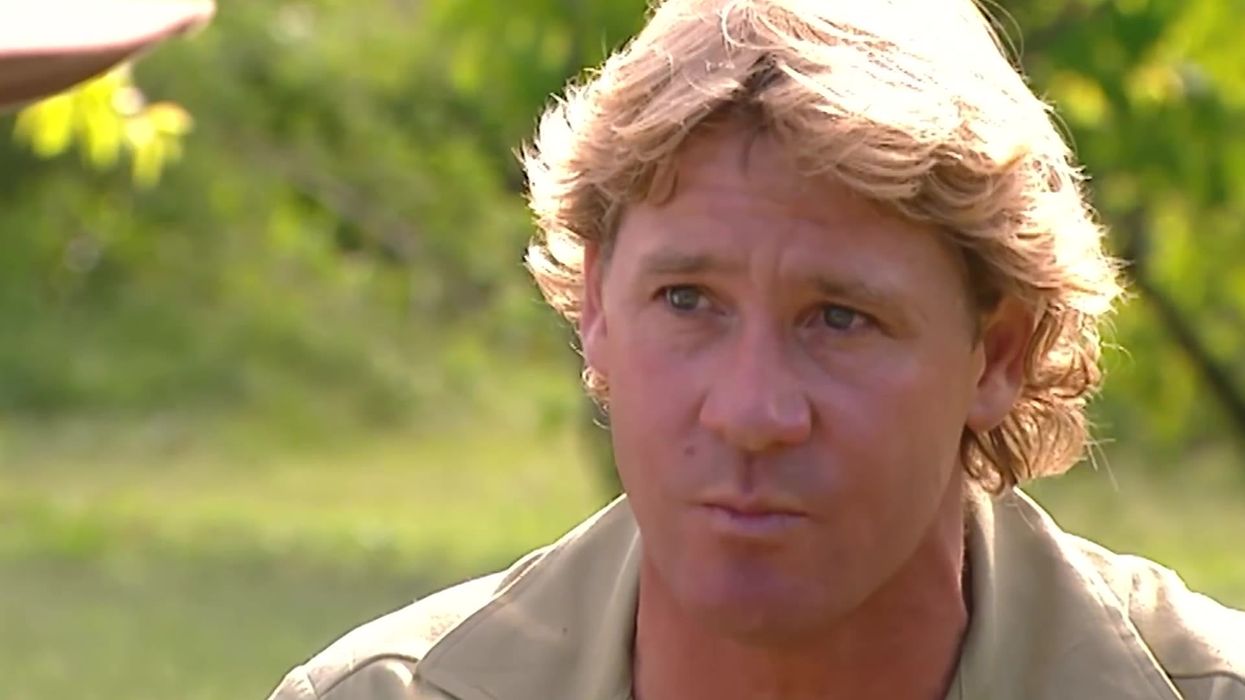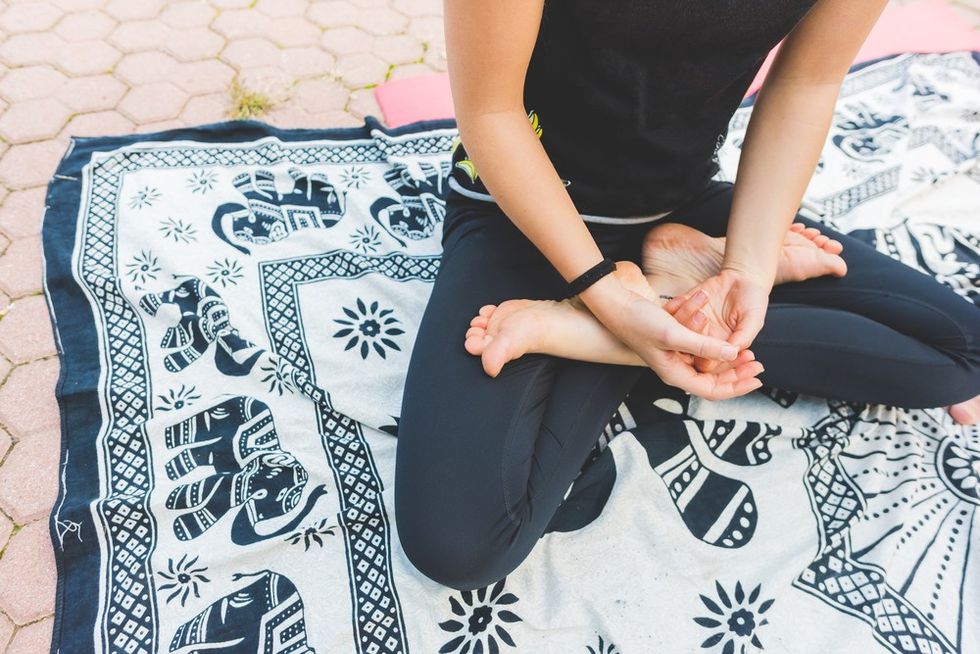
Need a Reboot? Here's Why You Should Consider a Silent Vipassana Meditation Retreat
Vipassana, one of the two major types of Buddhist meditation (the other being Samatha, which means “tranquility” or “concentration”), is translated as “insight” and often described as “the ability to see things clearly.”
It’s the oldest form of Buddhist meditation, whose original instruction comes straight from the Buddha himself.
After dropping out of notoriety, Vipassana had a resurgence in parts of Southeast Asia at the turn of the twentieth century, which eventually led to several westerners including meditation experts Sharon Salzberg and Joseph Goldstein opening the first Vipassana meditation center in the U.S., the Insight Meditation Society.
As a result of this and recent scientific research documenting the benefits of such meditation practice, Vipassana has become an incredibly popular practice in the West, spawning countless meditation centers and retreats occurring all throughout the year in both the U.S. and the U.K.
At its heart, Vipassana is the practice of seeing into the truth of life. As it pertains to Buddhist principles, that refers to impermanence, the ego or selfishness, and unsatisfactoriness or the nature of suffering (or challenges) as a consistent quality of life (what that means, and how to overcome it).
However, the great thing about Vipassana meditation practice is that it doesn’t require any kind of adherence to outside religious or spiritual beliefs.
Anyone of any faith can use the practice to not only help them live better but even improve their own spiritual practice by developing the ability to turn inward, a basic quality of every faith that can be cultivated.
Every time we become aware of a thought, as opposed to being lost in a thought, we experience that opening of the mind.– Joseph Goldstein
How to practice Vipassana meditation
Here are some simple instructions for trying Vipassana meditation:
- Find a quiet place to sit (such as a corner of your bedroom). For those with back trouble, a chair is just fine.
- Straighten your back, then relax so that your breathing pathway is clear but you’re not tensed.
- Concentrate on the abdomen. Close your eyes and center your attention on the rising and falling of your abdomen as you breath from the very beginning of each in-breath and out-breath to the very end. Try not to break your attention and don’t attempt to control your breath, just let yourself breath naturally.
- Notice all sensations. Certain sensations such as thoughts, feelings, and bodily sensations will come up as you sit. It’s important not to push these away. That’s not what meditation is about. Instead, notice them all.
- When you become distracted, notice the distraction and go back to the breath. After you notice one of these sensations (you can use a label if you’d like such as “stress about project” or “feeling uneasy”) go back to focusing on the breath expanding and contracting the abdomen. Everyone gets distracted from time to time, don’t kick yourself over it, just go back to your point of concentration.
Once you’re done, get up slowly and with intention. Note where you are and what you’re doing.
The effort of Vipassana meditation practice is to develop a deep and clear awareness of the contents of the mind and goings on of the body. Ultimately, it’s about knowing yourself at the most intimate level.
As you begin to practice, you might notice that Vipassana meditation practice is deceptively complex. Things might come up as you practice that you’re unprepared to deal with. That’s part of the reason so many have found value in attending a meditation retreat (where an expert is always present), whether to learn the practice once or repeatedly to support a regular practice at home.
Particularly, silent retreats are typically considered to be the pinnacle of all types of meditation retreats, offering the greatest benefit.
Why you should consider a silent retreat
Why are silent retreats so special? And why do so many who attend them rave about their benefits?
A meditation retreat is a kind of meditation “vacation” where one travels to an outside location, often surrounded by nature, and bunks for up to a week or longer. During that time, each day is organized for all attendees with a full schedule of meditation practices and related events.
Meditation retreats aren’t for the faint of heart, though, as they can be quite demanding.
Typical meditation retreats include an average of eight to twelve hours of meditation daily, with some more intense forms being even more demanding (Zen meditation retreats being the most well-known for this kind of gruelling schedule, with some requiring sixteen to twenty hours of meditation daily for one to two weeks– but only advisable for experts).
The other defining characteristic of a meditation retreat is that you’re encouraged to maintain mindfulness (i.e. awareness) during the entirety of the retreat whether you’re sitting in meditation, walking, or eating. This makes the entire experience even more powerful and helps to intensify your sitting meditation sessions (which is partly the point).
Silent retreats aren’t different as far as schedule or content, however, they have one defining characteristic: there’s no talking for the entire retreat stay (hence the “silent” part).
So, if you were to attend a silent weekend retreat for three days, let’s say, you’d be sitting for several hours each day and, throughout each day, remaining silent without any talking from the beginning of day one to the end of day three.
The purpose and value of a silent retreat is that it allows you to magnify the potency of your practice during your stay. Silence is a powerful tool and there’s nothing that teaches you this better than meditation practice.
By remaining silent for the entire duration of the retreat, you remain more focused on the task at hand of maintaining consistent mindfulness and concentration throughout the duration of the retreat, whether sitting, walking, or eating. This further deepens your practice and creates a catalyst for insight, one of the primary functions of meditation as it pertains to spiritual practice.
So, if you’re really interested in meditation and want the most powerful experience possible, a silent retreat is something you can’t miss out on.
*Tip for skeptics looking to take the next step: If you’re a natural skeptic of most spiritual practices who's interested in the benefits of meditation, or you just want to learn about the practice in an unbiased way from different perspectives, try ABC News anchor Dan Harris’ podcast, 10% Happier, based on his bestselling book of the same name. It’s my favorite podcast on meditation by far.












